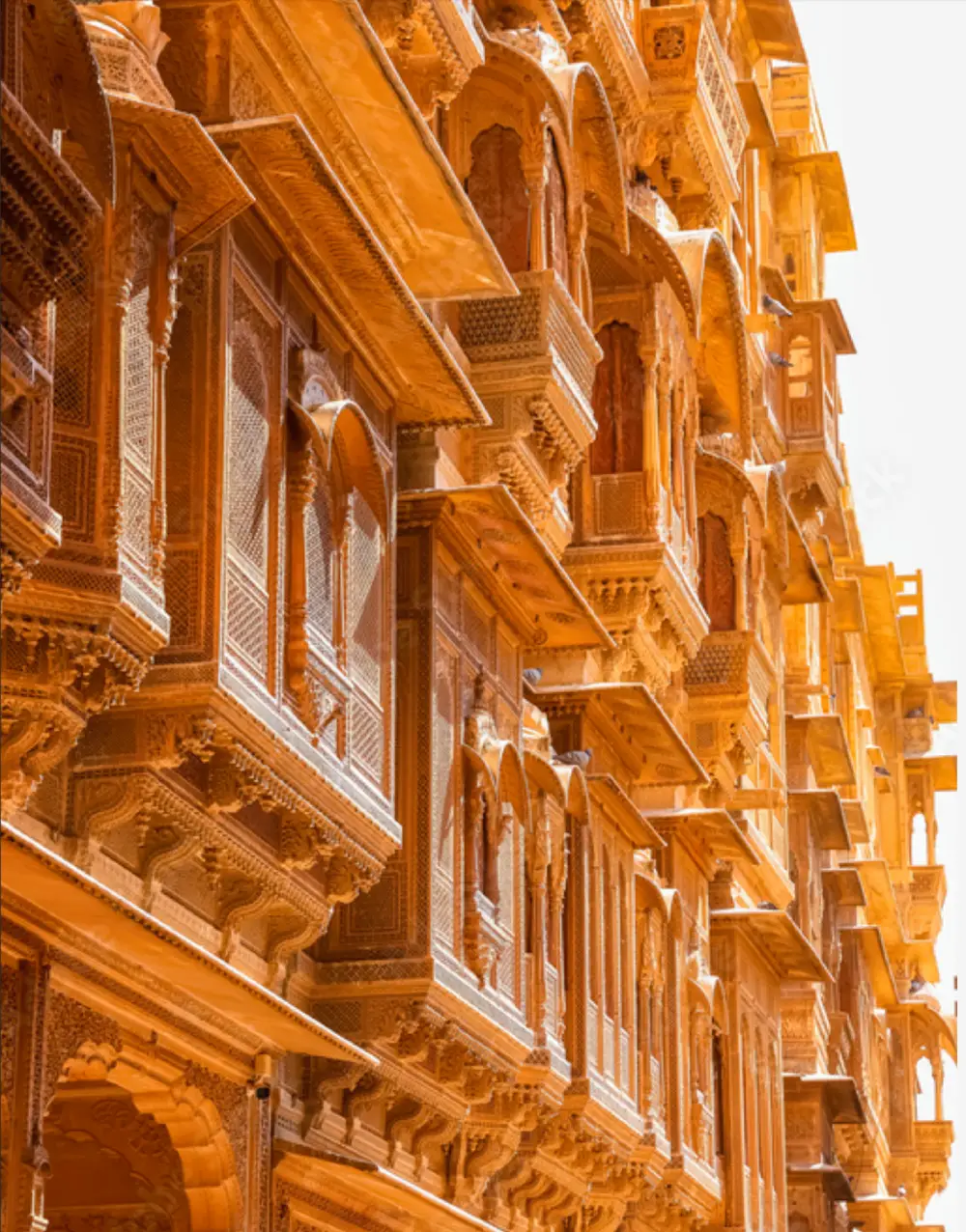Mone Rekho (Remember), the new work by British-Indian sarod player and composer Soumik Datta, is music as memory, memory as music. Part concert, part classroom, part bedside conversation, it traces the bond between a student and his guru across time.

Soumik brings this deeply personal work to Kalaa Utsavam 2025 at the Esplanade, Singapore, offering audiences an immersive journey through sound, story and remembrance. Connected to India’s Sudipto Maity caught up with Soumik ahead of his concert in the city-state on November 28.
Memory as a gentle teacher
Soumik defines remembrance beautifully. “To remember in the context of Mone Rekho is to trace your own neurological and emotional circuitry through the discipline of learning music so as to form a better understanding of your personal history and the enduring love you can have for your elderly teacher,” he tells Connected to India.
While developing the project, Soumik collaborated with University College London and the Alzheimer’s Society, learning how memory itself functions. He discovered that “there are different kinds of memory and that the brain even has an in-built device to help you forget details you don’t need to remember”.
That insight guided his compositions. Some passages remain clear and lyrical, while others fragment and blur, mirroring the ways we recall and lose pieces of the past.

At the centre of it all is his Guru, the late Pandit Buddhadev Das Gupta. As a teenager, Soumik travelled from London to Kolkata every winter to study under him. “This relationship between my late guru and me, founded on devotion and love for teaching and learning, became the blueprint of our show, Mone Rekho,” he says.
A single stage, many rooms
In Mone Rekho, a single stage becomes a time machine. “The show is largely set on my Guru’s floor in his living room around 30 years ago,” Soumik recalls. “In Mone Rekho, I return to that space playing almost like a child again, seeing the instrument with new curiosity and wonder.”
But time shifts constantly. “The illusion of this space is then broken when I am myself again on that concert hall stage,” he continues. “At other times I am playing for my Guru while he lies on a hospital bed towards the end of his life. The stage remains the same. Memory is what allows me to travel through time.”

The changing settings — classroom, concert hall and care home — symbolise life’s full circle. “The classroom represents the initial learning, the care home represents a final, fragile reflection with my Guru, and the concert hall is my present-day professional voice, all linked by the enduring music.”
As per Soumik, this fluid movement through time will unfold within the Esplanade’s intimate recital space, a hall transformed into a living room, a hospital ward, and a stage of memory, all at once.
Sound that travels and holds
Soumik plays a 1G-string fretless sarod, an innovation adapted from his mentor Pandit Prattyush Banerjee. “He innovated with the size of his sarod to make it smaller and more manageable,” Soumik says. “This iteration of the sarod allowed for several extended techniques that would be much harder to play on the original, large-scale sarod.”
The compact size enabled faster hammered passages and broader meends (glides), expanding the instrument’s expressive range.
Sound designer Camilo Tirado adds another dimension with a Quadraphonic sound system, enveloping listeners in a swirl of tone and texture. “Mone Rekho has several moments where my sarod, the tabla and various sound design elements like wind, rain and leaves pan around the audience creating an entirely immersive experience, rarely explored with Indian classical music.”
Visual storytelling deepens the experience. With designer Simon Daw, Soumik projects pages from his childhood music book live on stage. “The book became the map into the show,” he explains. “With each turn of the page… I could introduce new pieces of music and exercises I learnt growing up.”
Director Zoe Svendsen helped him shape these memories into theatre. “She guided my spoken tone, differentiating between the boy in the classroom, the musician on stage, the student mourning the loss of his Guru thus enabling the audience to travel across these temporal spaces with me.”
Composition, forgetting and recollection
With Mone Rekho, Soumik and Prattyush Banerjee sought to compose music that explored the act of forgetting and remembering. “We were trying to imagine how a composer or sarod player would think if they started to lose their memory,” Soumik says.
“The composed material is designed to illustrate the mechanics of forgetting: melodies fracturing and rhythms destabilising. Improvisation then takes over… representing the mind’s attempt to re-weave and re-remember the musical thread.”
This creative risk blurs the lines between structure and spontaneity. It allows the music to stumble, repair itself, and grow stronger, like memory rediscovering its path.
Joining Soumik on tabla for Singapore is Debjit Patitundi, a close collaborator from Kolkata. “It is always a joy to bring new collaborators into the work,” says Soumik. “Each one always offers something new to the music and helps keep the piece alive.”
Tradition, theatre and the listener of today
Soumik’s music has always walked the line between tradition and innovation. “In a pure recital, the musical goal is often a slow-building arch of mastery within established formal constraints,” he explains. “For Mone Rekho, the composition serves a theatrical narrative… using visuals and spatial audio to engage a broader audience.”
To those who fear that blending forms dilutes tradition, he replies: “I honour tradition not by replicating its format, but by honouring its human core.”
For him, that human core lies in connection — between teacher and student, artist and listener, music and the world around it.
“When I approach music like that,” Soumik says, “I feel more connected to myself, my audience and our environment. Mone Rekho tells the story of a teenage boy and his elderly Guru. It makes you think about intergenerational issues, elderly people, how they are marginalised, how ageing in society is slowly becoming a problem.”
A sound passed on
For those hearing the sarod for the first time, Soumik hopes they will “enjoy the beauty of the instrument, its deep resonance and its crystal-clear plucked strings”. Beyond that, he wants audiences to see that the classical arts remain alive and adaptable. “Mone Rekho demonstrates how traditional music can integrate modern elements like quadraphonic audio and live visuals to tell vital, contemporary stories without sacrificing authenticity.”
After Singapore, Soumik continues his “Melodies in Slow Motion” tour, combining seven months of performances and workshops spanning India and beyond. The journey includes Mone Rekho, Travellers (about migration), and One Size Fits All (with rural textile artisans), alongside new work on climate change with Mumbai artists.
He shares snippets of this tour as short films on Instagram and YouTube which is another way of remembering and connecting across borders.
Mone Rekho is, ultimately, a conversation between past and present, between a student’s gratitude and a teacher’s legacy. It is an act of remembrance made visible through music.


